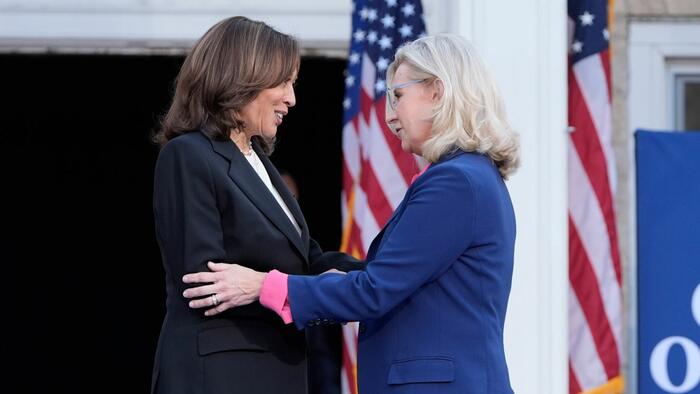The Biden administration has notably designated Russia as America’s greatest adversary, particularly in the context of the ongoing conflict in Ukraine. Meanwhile, the CIA, the U.S. national intelligence community, and the Pentagon have underscored China as the primary “pacing threat” on a global scale. This clear delineation of threats raises eyebrows regarding Vice President Kamala Harris’s recent characterization of Iran as America’s foremost adversary during her appearance on “60 Minutes.” This surprising assertion seemingly acts as an alignment with the geopolitics of the moment, especially as tensions escalate between Israel and Iran.
In the interview, Harris articulated her stance succinctly, mentioning, “Iran has American blood on their hands,” and expressing concern over Iran’s military capabilities following missile attacks against Israel. She focused on Iran’s potential to develop nuclear weapons and emphasized that thwarting this ambition represents one of her highest priorities. However, Harris refrained from discussing the possibility of military action against Iran, leaving the dialogue open-ended but filled with implications regarding future U.S. policy.
Critics have pointed out the apparent contradictions in framing Iran as the top adversary, particularly given the stark disparity in military and economic power between Iran and the United States. For instance, journalist Zaid Jilani highlighted that Iran’s GDP is significantly smaller than that of the U.S., raising questions about the substance of Harris’s statement. This remark has been perceived as a reflection of a lack of nuanced understanding of global politics, suggesting that her comments might be more about political signaling interwoven with electoral considerations rather than an informed strategic assessment.
Furthermore, Harris’s stance appears to mirror long-standing bipartisanship in U.S. foreign policy, particularly in regards to support for Israel, as her rhetoric aligns with the traditional affirmations candidates often express to demonstrate their commitment to the U.S.-Israel alliance. The context in which these statements are made cannot be overlooked; with increasing tensions in the Middle East and heightened international attention on Iranian actions, it appears Harris might be strategically positioning herself ahead of the upcoming election cycle.
In a broader context, the current Washington consensus reflects a structured understanding of global threats, with the 2022 National Defense Strategy clearly identifying China as the most “comprehensive and serious challenge” to U.S. national security, followed by Russia. Iran is categorized as a “persistent threat,” sharing this label with smaller, non-state actors like al-Qaeda. The alignment of Harris’s comments about Iran with a narrative that contrasts sharply with the more significant threats posed by China and Russia showcases a potential misalignment in comprehending strategic priorities.
Ultimately, Harris’s designation of Iran as America’s greatest adversary signifies a complex interplay of domestic political strategy, geopolitical realities, and historical narratives. As the U.S. navigates a multifaceted international landscape, it is essential to critically examine the implications of such statements and their potential impact on future foreign policy directions. Whether this focus on Iran reflects a genuine strategic reassessment or serves merely as an electoral maneuver remains to be seen, yet it undeniably contributes to the evolving discourse surrounding America’s role in global affairs.

